
Falanghina is an old grape with a bright modern future. Greek settlers probably brought the grape to Italy when Rome was still a fortified village and soon discovered that it thrived on the rocky, volcanic soils of Campania north of modern-day Naples. As first the Republic and then Empire expanded, Romans continued to cultivate Falanghina along with the region’s other most successful grapes, Aglianico and Piedirosso.
The Romans soon discovered that Falanghina vines did best when trained to grow up wooden stakes, called in Latin “falangae,” the source of Falanghina’s name.

The Famed Falernian of Ancient Rome
While not certain, it seems likely that Falanghina was one component of Rome’s most famous and sought-after wine, Falernian. This seems to have been a late-harvest blend of grapes, made with considerable residual sugar, and aged for decades in clay amphorae. As it aged, the got more concentrated and exposure to heat and oxygen probably resulted in a sweet wine much like modern Madeira.
And, it packed a punch – Roman authors frequently commented that Falernian had so much alcohol that it was the only wine that could be set on fire with a match!
The same volcanic soils that allowed Falanghina to thrive spelled doom for much of the region’s vineyard when Mt. Vesuvius erupted in 79 CE, covering both the city of Pompeii and its surrounding farms in lava and ash. The disaster extended down to the vineyards northwest of Naples where Romans had planted grapes alongside the bubbling craters of a second volcanic area called “Campi Flegrei” or “the Phlegraean Fields.”

Replanting in a Moonscape
Over the years, first Roman and then Italian farmers replanted vineyards in the Campi Flegrei moonscape (although an eight-day eruption here in 1538 set things back a bit). The region remains active, with more than 100 identified pools of water and mud still bubbling up gas and steam.
But, the porous, well-drained soils remain excellent for growing top-quality grapes. And, the high levels of sulfur in the soil are toxic to the phylloxera louse, meaning this is one of the few areas of Italy where vinifera grapes can still grow ungrafted on their own roots.
The Farro family had lived in Naples and the surrounding countryside for years before Michele Farro’s grandfather first established a winery in the hills overlooking the Phlegraean Fields in 1926. As Michele assumed control of the estate, he became a champion of the region (he now heads the DOC’s board) and of its classical grapes: Piedirosso and Falanghina.

A Modern Classic
Over the years, Michele and his family have carved out vineyards right on the edge of active volcanic craters by the sea and running up to terraces hacked out of volcanic rock up to 1,800 feet above the Fields and also down vineyards covered in talc-like powdered pumice. Where possible, Michele vineyards grow on their own rootstocks, and some of the vines in the lower vineyards are probably 100 years old (or more!).
Throughout the vineyards, Michele farms as naturally as possible and uses modern winemaking techniques with care to preserve the very best features of his Falanghina grapes. His 2020 Campi Flegrei DOC Bianco is a fantastic introduction to both the region and the vine. From first sniff to last sip, it’s clearly a wine of both volcanic and seaside origins – you’ll find loads of rocky, saline, minerality throughout this wine. But it’s also a wine of fine purity and lovely fruit, with plenty of bright peach, apricot and tangy pineapple flavors and a bracing squirt of lemony acidity at the end.
It’s hard to find something better to drink at with a sizzling plate of shrimp scampi or just-fried baby calamari (as my experience on Michele’s porch this summer proved). And, it’s sure to will delight with pasta laced with fresh vegetables or even fennel-spiked Italian sausage.
But we also think it’s pretty darn delicious all by itself, offering a captivating blend of richness and fruit to go with bright, refreshing, acids and minerality. Fine wine, fine value. Get some today!





 But the winegrowing philosophy has remained constant.
But the winegrowing philosophy has remained constant.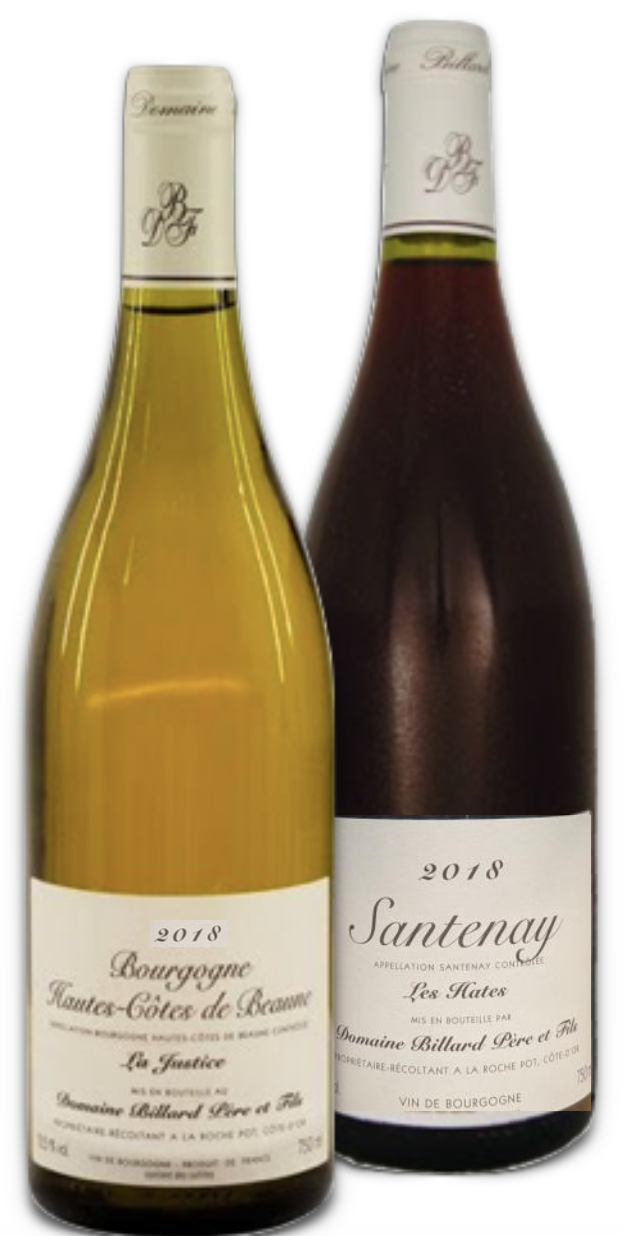
 With help from Cambie, he adopted an unusual farming approach, allowing the vines to grow very tall – most growers “hedge” the vine tops to force the vines to put more energy into ripening fruit.
With help from Cambie, he adopted an unusual farming approach, allowing the vines to grow very tall – most growers “hedge” the vine tops to force the vines to put more energy into ripening fruit. Last winter we toured Royer’s Chateauneuf vineyards as Jean-Marie helped us understand how each of his wines reflects a very specific terroir. The
Last winter we toured Royer’s Chateauneuf vineyards as Jean-Marie helped us understand how each of his wines reflects a very specific terroir. The  In contrast, the 80-100+ year-old vines for
In contrast, the 80-100+ year-old vines for  Jean-Marie’s very old Grenache vines experience all the brutal exposure of the rest of La Crau’s vines, but grow on the plateau’s one sandy-soiled corner – the “Sables” in the name – with no galets in sight. Which gives his red all the bold richness, ripeness and depth of a great La Crau wine but also a remarkable sense of silkiness, finesses, and more floral perfume.
Jean-Marie’s very old Grenache vines experience all the brutal exposure of the rest of La Crau’s vines, but grow on the plateau’s one sandy-soiled corner – the “Sables” in the name – with no galets in sight. Which gives his red all the bold richness, ripeness and depth of a great La Crau wine but also a remarkable sense of silkiness, finesses, and more floral perfume.
 I’m just back from a week in Italy, mostly in Campania, and in addition to six pounds of extra girth, I’ve come back with a new and much deeper appreciation of two of Campania’s native grapes: Falanghina (white) and Aglianico (red).
I’m just back from a week in Italy, mostly in Campania, and in addition to six pounds of extra girth, I’ve come back with a new and much deeper appreciation of two of Campania’s native grapes: Falanghina (white) and Aglianico (red).







 Mencía is high in anthocyanins (red pigment), so its wines typically show a deep red color even when grown in cooler vineyards. And it’s high in terpenoids, aroma compounds that deliver bold scents of fresh flowers, raspberry, strawberry, pomegranate and sweet cherry. A bold dose of cracked peppery spice, a touch of something leafy green (think Cab Franc), and a dollop of crushed gravel minerality round out the fascinating aromatic and flavor profile.
Mencía is high in anthocyanins (red pigment), so its wines typically show a deep red color even when grown in cooler vineyards. And it’s high in terpenoids, aroma compounds that deliver bold scents of fresh flowers, raspberry, strawberry, pomegranate and sweet cherry. A bold dose of cracked peppery spice, a touch of something leafy green (think Cab Franc), and a dollop of crushed gravel minerality round out the fascinating aromatic and flavor profile.





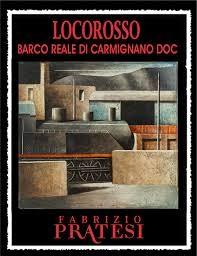 Today, you can certainly enjoy
Today, you can certainly enjoy 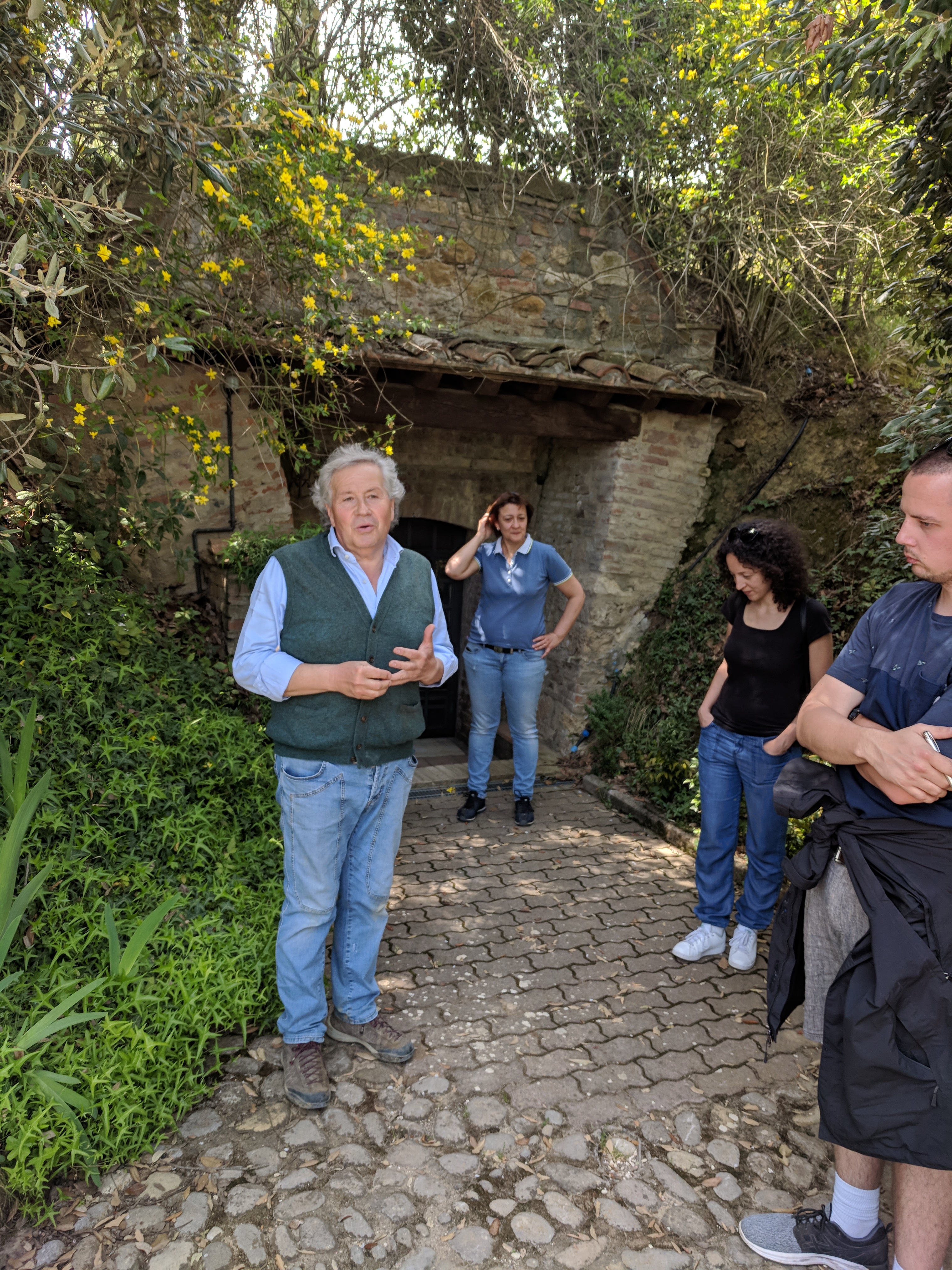 Poggio ai Chiara is a true “Tuscan insider’s” wine, made in tiny quantities and rarely leaving central Italy. To be honest, I’d never heard of it at all until I met Fabbio last March at his modest-looking home and vineyard not far from Cortona in eastern Tuscany.
Poggio ai Chiara is a true “Tuscan insider’s” wine, made in tiny quantities and rarely leaving central Italy. To be honest, I’d never heard of it at all until I met Fabbio last March at his modest-looking home and vineyard not far from Cortona in eastern Tuscany.





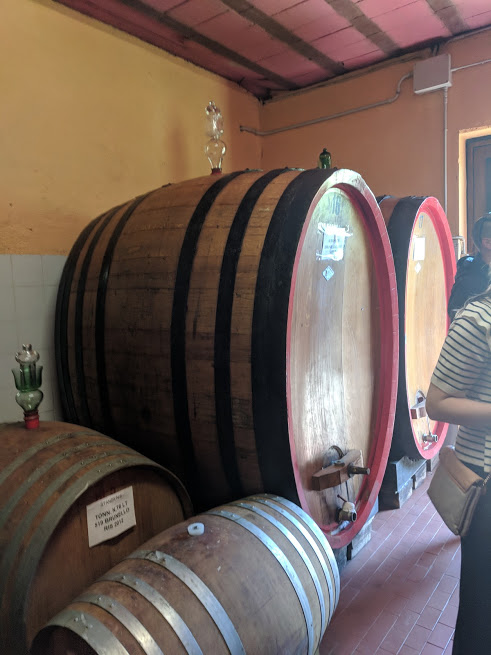 The wines were made inside the tiny stone farmhouse already on the property when Livio arrived, a warren of corridors and small rooms now bursting with cement and steel tanks and giant casks. While Brunello’s rules have changed to allow shorter times in cask and small barrels have become popular, Livio’s Brunello still rests a full 36 months in large Slavonian oak tonneau.
The wines were made inside the tiny stone farmhouse already on the property when Livio arrived, a warren of corridors and small rooms now bursting with cement and steel tanks and giant casks. While Brunello’s rules have changed to allow shorter times in cask and small barrels have become popular, Livio’s Brunello still rests a full 36 months in large Slavonian oak tonneau.



 The vines and site of Ch La Caminade have been part of pretty much all of Cahors’ history. Until the early 19th Century, the property was part of a monastery of winegrowing monks. The name “La Caminade” means The Presbytery or curate’s house in local dialect and was given to the Domaine during these years. After the French Revolution, it passed into private hands until it was inherited by Antonin Ressès in 1895.
The vines and site of Ch La Caminade have been part of pretty much all of Cahors’ history. Until the early 19th Century, the property was part of a monastery of winegrowing monks. The name “La Caminade” means The Presbytery or curate’s house in local dialect and was given to the Domaine during these years. After the French Revolution, it passed into private hands until it was inherited by Antonin Ressès in 1895.

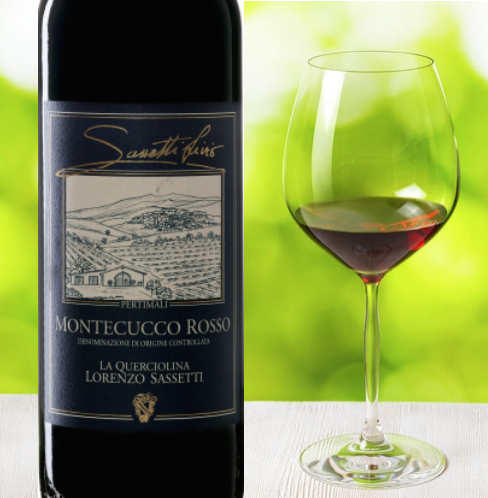 And “savor, share, enjoy” is what Livio Sassetti’s son, Lorenzo, intends his Montecucco to be all about. Lorenzo is principal winemaker at the family’s famed Pertimali Brunello estate (although Livio remains very much involved!) where he makes some of Montalcino’s most exciting, classically-styled Sangiovese Grosso. But he and Livio purchased land in nearby Montecucco in 1999 to make a wine that was all about this fast emerging region’s unique character – and unique style of Sangiovese.
And “savor, share, enjoy” is what Livio Sassetti’s son, Lorenzo, intends his Montecucco to be all about. Lorenzo is principal winemaker at the family’s famed Pertimali Brunello estate (although Livio remains very much involved!) where he makes some of Montalcino’s most exciting, classically-styled Sangiovese Grosso. But he and Livio purchased land in nearby Montecucco in 1999 to make a wine that was all about this fast emerging region’s unique character – and unique style of Sangiovese.